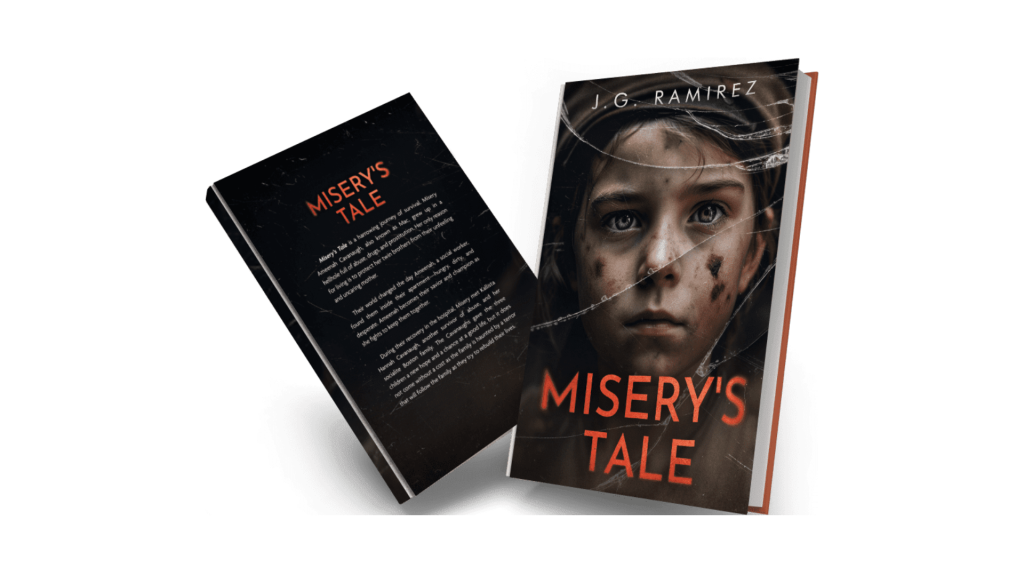Books to Help With Trauma for Healing and Growth

Healing is a path formed by courage, endurance, and hope. Trauma often vicissitudes the way people see themselves and the world. While curative can feel irresistible, support is obtainable in many forms. Amongst the most influential tools are stories and leaders written by stayers, therapists, and mystical teachers. These words make bridges, offering reassurance when stillness feels heavy. They repeat to us that even though pain redesigns lives, recovery remains possible. Reading becomes more than information; it becomes ease and connection. Many people find strong, finished words that authenticate their knowledge and show a way forward. The exploration for books to help with trauma reflects the wish to heal and to produce. Such books assist readers in processing their experiences while building resilience for the future. They deliver steps toward self-awareness, expressive release, and authorization.
As readers involved with these stories, they learn tools to rebuild sureness and cultivate self-compassion. They study that their journeys do not describe their worth. In its place, their strength becomes a bright force for growth and regeneration. Healing starts with understanding, and books bring that sympathy in a way that is both harmless and accessible. Through shared understanding, retrieval becomes not just an option but a reality waiting to unfold.
Understanding the Power of Trauma Books
Trauma affects every part of life, from feelings to relations. However, books open trails to understanding these tests. They clarify how the brain and body respond to distress. They also describe why certain triggers appear and how they can be achieved. Because shock often feels unclear, having a clear clarification provides relief.
Reading allows people to explore these subjects in private, at their own pace. With every chapter, booklovers gain applied coping strategies. They also feel less unaccompanied as they share knowledge. In addition, books make hope by showing that retrieval is gradual but likely. Therefore, they help as both teacher and friend on the healing path.
Why the Best Books for Healing Trauma Matter
The best books for healing trauma readers through vital steps. They deliver not only info but also stimulus. Many include movements such as mindfulness, journaling, or foundation techniques. These doings help readers apply lessons in daily life.
Furthermore, these books highlight resilience. They repeat to readers that development often comes in minor steps. While hindrances may occur, steady practice leads to development. Because curative is not linear, reassurance is vital. These the whole thing become roadmaps for directing that complex procedure.
Ultimately, the best trauma works more than teaching. It supports expressive transformation. By combining knowledge with understanding, such books stand in strength that endures.
Conclusion
Healing is a procedure that unfolds with endurance, courage, and sympathy. Every step, no matter how minor, brings stayers closer to completeness. Books play a sole role in this journey. They not only instruct but also stimulate. Through individual stories, expert advice, and divine insights, they deliver both guidance and confidence. Reading makes connections, reducing the loneliness that trauma often brings. Words authenticate emotions, contribution, comfort, and reassurance.
The search for books to help with trauma reproduces a desire for development, understanding, and regeneration. These works repeat that curative is not only possible but also transformative. By accepting lessons from autobiographies, expert voices, and all-inclusive practices, people discover tools to reconstruct their lives. Ultimately, trauma work is more than words on a page. It is a basis of strength, a leader for growth, and a friend on the path to curative. With every chapter, stayers affirm their bravery and embrace hope. Their journeys become not just stories of existence but also revels of resilience and alteration.
